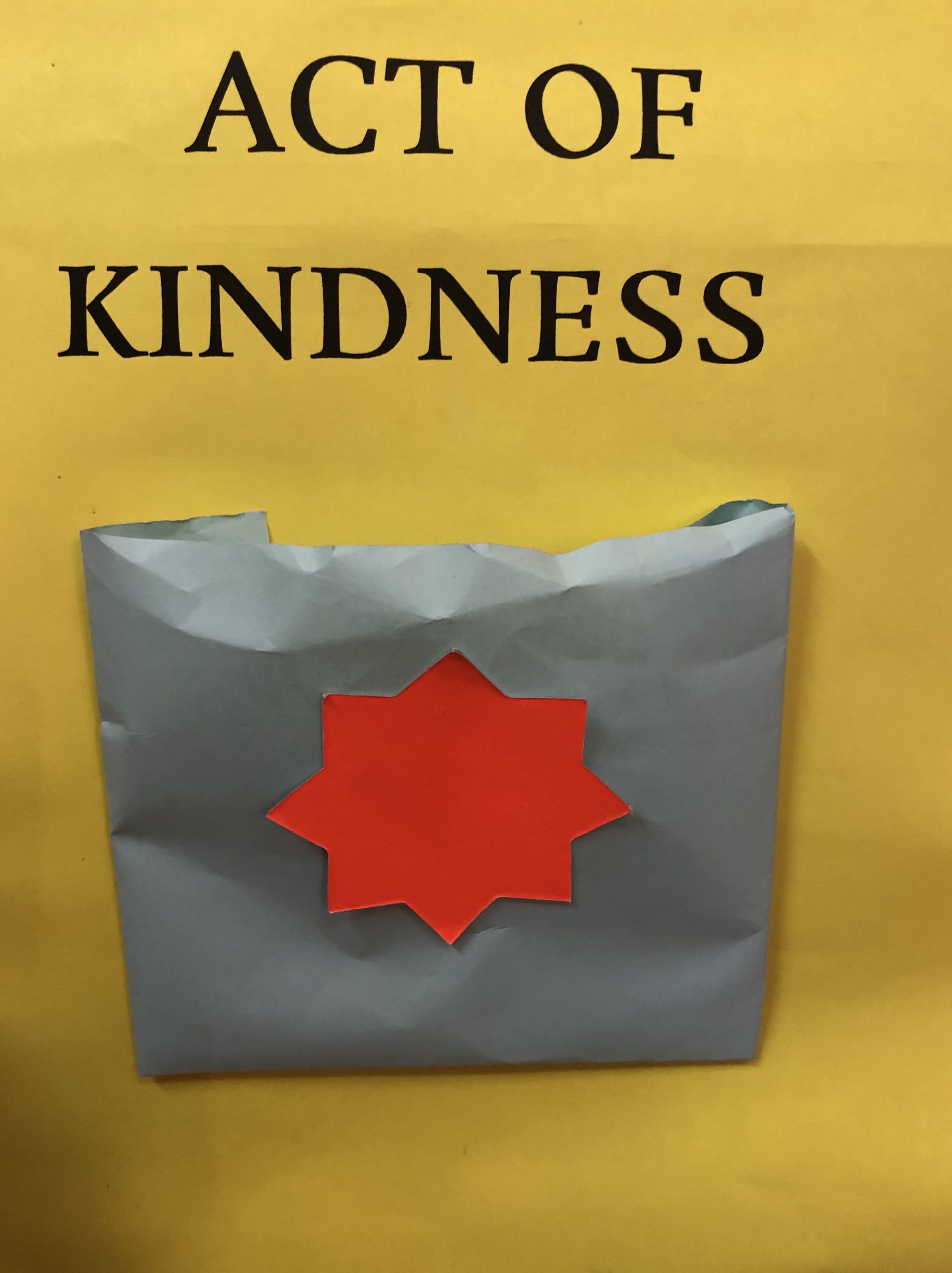Ikigai is a Japanese concept of achieving a life’s purpose. In their eye-opening book Ikigai: The Japanese Secret to a Long and Happy Life, Garcia and Miralles recount a visit to Ogimi, a small village on the island of Okinawa, to discover why this small community has the highest number of centenarians in the world. By the end of their visit, they realized that there are certain things we can all do to find our ikigai and live richly fulfilling lives.
Garcia and Miralles (2017) distilled from the wisdom of the long-living residents of Ogimi ten rules of ikigai. Reading these ten rules from the perspective of an English language teacher and young learner educator with over 20 years’ experience, I noticed that the ten rules of ikigai are closely related to what happens (or should happen) in the primary English classroom daily. If we implement the ten rules in our teaching, perhaps we can help our learners along the right path to achieving their ikigai and finding their life purpose.
Here are the ten rules from Garcia and Miralles’ book (pp. 184-185) accompanied by my applications of ikigai to teaching primary-aged English language learners:
- “Stay active; don’t retire. Those who give up the things they love doing and do well lose their purpose in life. That’s why it’s so important to keep doing things of value, making progress, bringing beauty or utility to others, helping out, and shaping the world around you, even after your ‘official’ professional activity has ended.”
Primary school learners need to see aging as a regular part of life. It is crucial for them to see older people represented in course materials with lots of positivity. We see too often that older, retired people are represented as inactive, ailing, and boring. Learners need to be shown that there is life after retirement, that you can have a purposeful and fulfilling life. Not only should they see it in the materials being used but they should also be encouraged to spend more time with their grandparents or older neighbours and experience firsthand that life doesn’t end with retirement. You could set up a community project (with parents’ / caregivers’ permission) and encourage learners to volunteer an hour or two a week just visiting and chatting with older people. Then can they share their experiences in the classroom. - “Take it slow. Being in a hurry is inversely proportional to quality of life. As the old saying goes, ‘Walk slowly and you’ll go far.’ When we leave urgency behind, life and time take on new meaning.”
We tend to forget that learning new things takes time, especially with the so-called ‘new normal’ at present that feels busier and more stressful than ever. Learners should be allowed enough time during lessons to absorb content, process it, and incorporate it into their existing knowledge. They should be enabled to spend sufficient time working on collaborative projects. Not only should they be taught to leave a sense of urgency behind in their studies, but also while in the lunch line or waiting to enter the classroom. - “Don’t fill your stomach. Less is more when it comes to eating for a long life, too. According to the 80 percent rule, in order to stay healthier longer, we should eat a little less than our hunger demands instead of stuffing ourselves.”
Often vocabulary lessons on food include lexical sets of fruit, vegetables, dairy products, meat and so on but we can rarely see primary English lessons on nutrition and healthy eating. Yes, we can find coursebook lessons on healthy food, but eating healthy food is not the only part of eating healthy. As teachers, we should help children to understand the importance of a balanced diet, how to eat, what to eat, how much to eat, and when to eat. - “Surround yourself with good friends. Friends are the best medicine, there for confiding worries over a good chat, sharing stories that brighten your day, getting advice, having fun, dreaming . . . in other words, living.”
Accepting others, embracing diversity, and spending time with friends and family members are essential to becoming a fulfilled person. As English teachers, we can encourage this by including frequent collaboration, group and pair work, and peer support. Also, we should encourage children to engage in activities which share personal stories and experiences so learners can get to know each other better and create personal connections. - “Get in shape for your next birthday. Water moves; it is at its best when it flows fresh and doesn’t stagnate. The body you move through life in needs a bit of daily maintenance to keep it running for a long time. Plus, exercise releases hormones that make us feel happy.”
Primary-aged learners are not supposed to sit still for hours. Movement is as much a learning opportunity as any materials used. Physical activity is excellent for stress release, focus, cognitive processing, building social connections (teamwork), self-esteem and even developing leadership skills. Take every opportunity to emphasize the importance of physical activity, but don’t just say it. Set up a pre-class routine where you and the children do some simple physical exercises before starting academic work. When you see children looking tired during the day, ask them to stand up, stretch for a moment, or walk around the classroom and wake them up. This is both enjoyable and necessary for them and you. - “Smile. A cheerful attitude is not only relaxing—it also helps make friends. It’s good to recognize the things that aren’t so great, but we should never forget what a privilege it is to be in the here and now in a world so full of possibilities.”
Demonstrate kindness and positivity. Create an Act of Kindness pocket and put an act of kindness on a card or piece of paper in it every day or week. For example, ask the children to give a compliment to each classmate today, have them make a playlist for a friend to cheer them up, encourage them to write positive messages on the sidewalk with colourful chalk, suggest that they make a drink for a family member. Your learners carry out the act of kindness and can then share their experiences with the rest of the class. I am sure it will put a smile on everyone’s face and over time they will see kindness and empathy as essential parts of what they do.

- “Reconnect with nature. Though most people live in cities these days, human beings are made to be part of the natural world. We should return to it often to recharge our batteries.”
Try bringing plants to your classroom or grow seeds with your learners. Talking about the importance of nature and the environment is sometimes not enough for primary children. We need to get them to connect with the world around them. If you have a schoolyard with a patch of green, then you have a perfect place for a lesson on why we should care for nature. Have the children touch the grass, flowers, leaves, soil, and tell you what they feel like. Ask them to smell each of these aspects of nature and say if the smell reminds them of something – you may even get some really amusing answers! Activating their senses is the best way to get children to connect with nature. Involve parents / caregivers and ask them to take their children for a walk in a park or a forest and recreate your lesson to activate their senses. - “Give thanks. To your ancestors, to nature, which provides you with the air you breathe and the food you eat, to your friends and family, to everything that brightens your days and makes you feel lucky to be alive. Spend a moment every day giving thanks, and you’ll watch your stockpile of happiness grow.”
Morning meetings are an excellent opportunity to do this. During these morning meetings, children can share what they are grateful for that day. Some of them might be grateful for a ride to school from their parents / caregivers or simply having breakfast that morning. Hearing what others are grateful for can make you more grateful for what you actually have. Children have different personal stories and by sharing them, we can create a group of kind and empathetic young people. Also, if you teach several different classes, you can set aside 5 minutes of your lesson for these ‘morning’ (or ‘class’) type meetings. - “Live in the moment. Stop regretting the past and fearing the future. Today is all you have. Make the most of it. Make it worth remembering.”
All that matters is what you are doing at a given moment in your classroom. Even when your learners don’t succeed, don’t treat it as a negative, regrettable experience but as a learning experience. Ask yourself what you can do about it now and how you can incorporate this experience into the day’s work. - “Follow your ikigai. There is a passion inside you, a unique talent that gives meaning to your days and drives you to share the best of yourself until the very end. If you don’t know what your ikigai is yet, as Viktor Frankl says, your mission is to discover it.“
Give learners the freedom to express themselves, explore, and discover. Show them they all have their own light that the world needs. Finding their ikigai is a life-long quest but if we can give them that initial boost, then we have done our job as educators.
Finally, join your learners on this quest and find your ikigai. As Mark Twain famously said, “The two most important days in your life are the day you are born and the day you find out why”.
Reference
Garcia, H., & Miralles, F. (2017). Ikigai: The Japanese secret to a long and happy life. New York: Penguin Books


An excellent concept of life. A very enthusiastic , mindful and insightful approach applicable on a daily basis in our classrooms. Foremost the concept is knowledgable with thought -provoking ideas for us as teachers , for our students, colleagues, friends and families … for the whole community. Ikigai will definitely be my leading concept for my next lessons. It comprises SEL and that will be the core od my teaching .I am absolutely certain that my students will be delighted as I was when I heard about it for the first time.We will go even further … Thank you Aleksandra for sharing it with us.You are one of the best trainers in the ELT world.